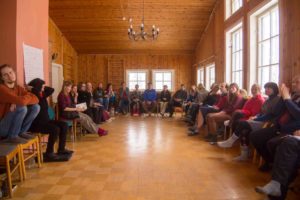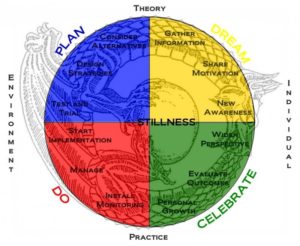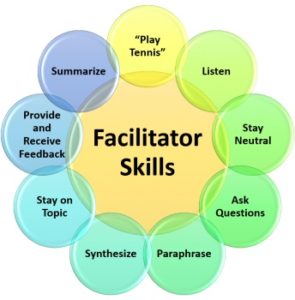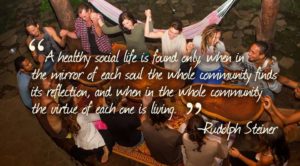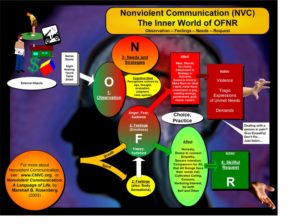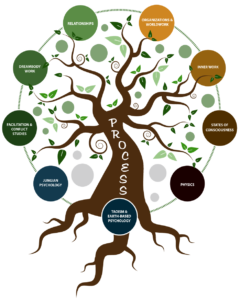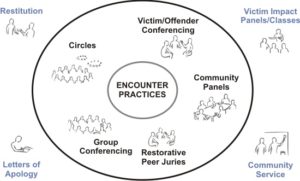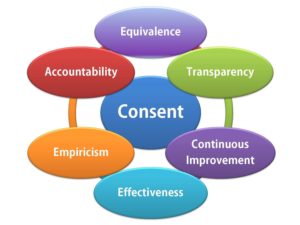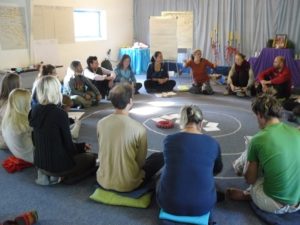CHECK-IN
Best use: start organisational meetings
Check-in is a method for groups to tune into the work or process ahead. Check-in is done by briefly sharing with your group how you are in the current moment. This is often done with words, but can be expressed as a movement, sound or in any other way that works for the group. Others pay attention or listen mindfully to group members as they do the check-in.
Check-in informs the group about the collective atmosphere and how to work together.


